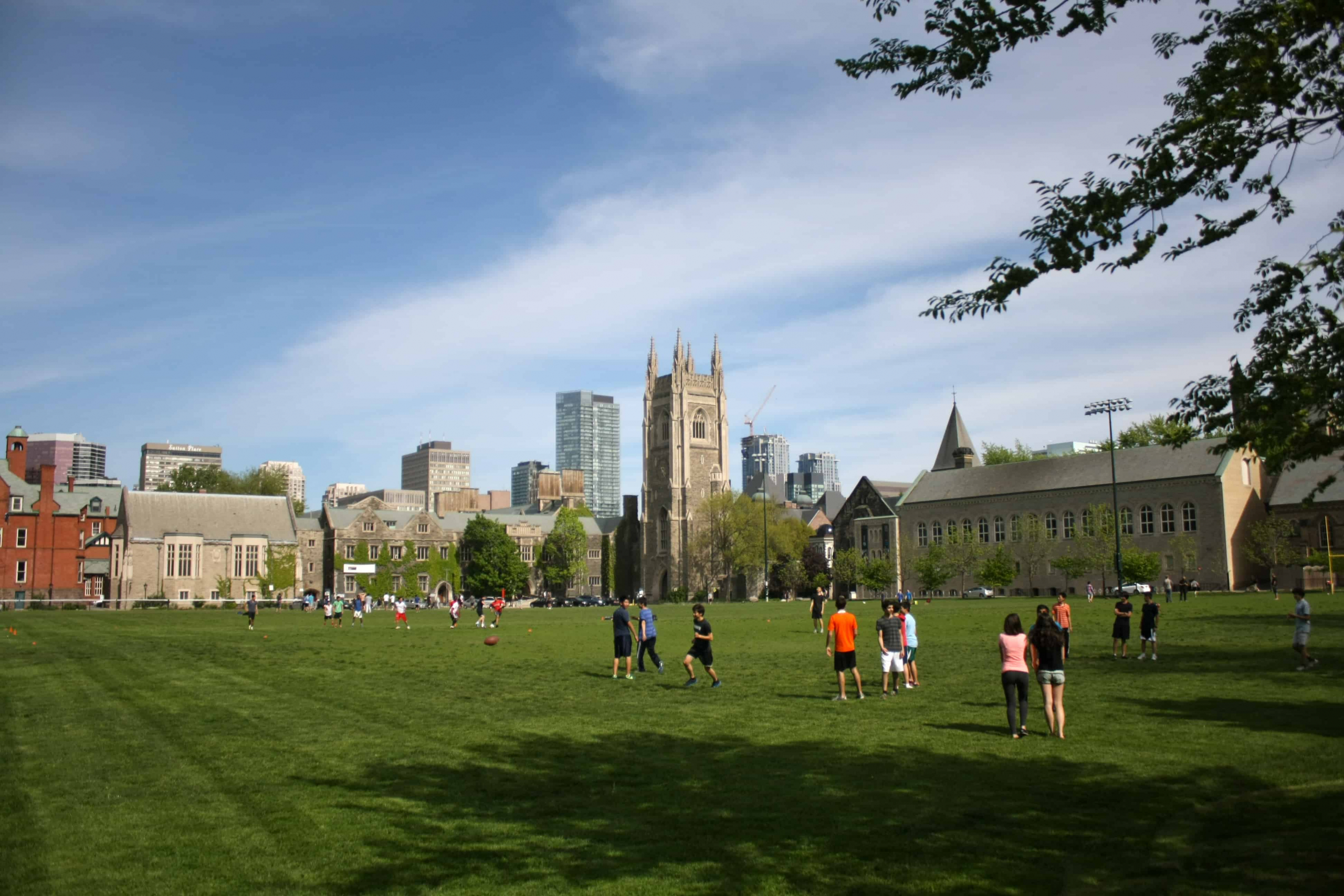Earlier this year, the U of T’s administration unveiled its secret plan to convert the Back Campus from a traditional commons that anyone could enjoy into a fenced and gated enclosure, primarily for the use of athletes. The authorities have tried endlessly to justify their plan by claiming, through words and photographs, that the mud pits on the Back Campus must be replaced with synthetic turf, which is not true. The reason the mud pits exist is because these authorities have failed to reshape the surface soil on the commons to enable meltwater and rainfall to drain away promptly. Vice-President, University Operations Scott Mabury claimed: “The comparative advantage of the synthetic turf is that intensive use will continue much later into the fall and early winter, and can resume much earlier in the spring.” This is a false statement that cries out for correction. No one should be permitted to walk or run on frozen turf because of the risk of damaging the synthetic surface, while everyone is permitted to walk or run on frozen grass at any time.
Scott Mabury is quoted in the Toronto Star on June 4, 2013 saying that the question of heritage designation had not ever been raised before councillor Adam Vaughan’s motion to have U of T’s grass fields designated as “a cultural heritage landscape.” How could anyone with heritage concerns raise them when the authorities did not conduct discussion on closing the commons in an open manner? And why did the authorities not raise the heritage issues themselves?
The university bought a half-page ad in the Toronto Star that announced, “Not a single tree will be touched.” That statement is not even a half-truth; we know from experience that roots on some of the surrounding trees are growing in the area where the field hockey pitches will be built. These roots will be shattered with power tools. We also know that all of the trees will be exposed to changes in soil moisture and soil fertility that are likely to harm them. The truth is that most, if not all, of the trees will be “touched.” At the City of Toronto’s meeting to consider the university’s heritage conservation plan,
Councillor Adam Vaughan asked for an estimate of turf life. The reply was 25 years. However, experience from existing field hockey turf installations in the United States shows that turf life better approximates 10 to 12 years. There are many examples in the U.S. where failure to follow recommended maintenance practices have led to surface failure of artificial turf in less than five years.
What is the number of years of turf life guaranteed in the university’s warranty contract? Why is it still a secret?
There has been an immense public response in opposition to the university’s plan, with more than 5,000 people having signed a petition against it. However, the authorities have evidently ignored these opposing opinions. As a result, it is distressing that friends of the university are now losing trust in its governance; it is a shame that could have been avoided.
I heartily agree with these words by Dr. Eric McGeer: “You guys are your own worst enemies in the battle for public opinion, the whole process to convert the Back Campus has been anything but open and fair and civil. […] If the Back Campus needs improvement, fix it as it is at a fraction of the cost, and let the already existing facilities in Brampton suffice for the Pan-Am Games.”
Paul Aird is professor emeritus of forest conservation policy at the University of Toronto’s
Faculty of Forestry.


